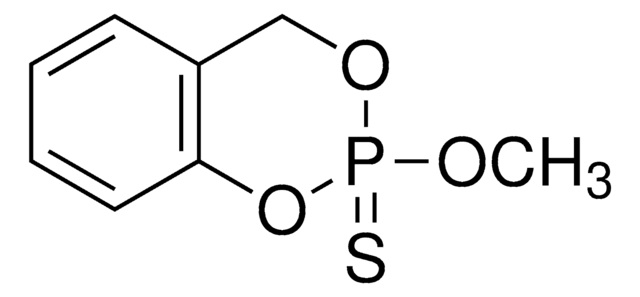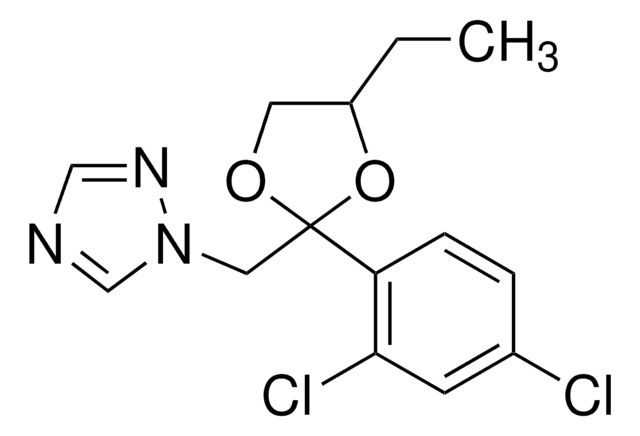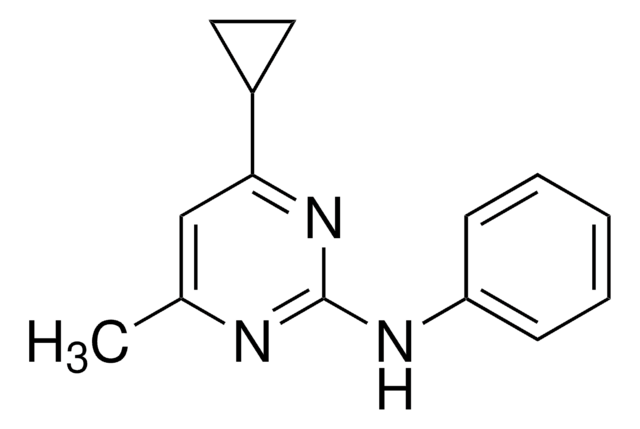45491
Fentin acetate
PESTANAL®, analytical standard
Synonym(s):
Triphenyltin acetate, Acetoxytriphenylstannane
About This Item
Recommended Products
grade
analytical standard
product line
PESTANAL®
shelf life
limited shelf life, expiry date on the label
technique(s)
HPLC: suitable
gas chromatography (GC): suitable
application(s)
agriculture
cleaning products
cosmetics
environmental
food and beverages
personal care
format
neat
storage temp.
2-8°C
SMILES string
CC(=O)O[Sn](c1ccccc1)(c2ccccc2)c3ccccc3
InChI
1S/3C6H5.C2H4O2.Sn/c3*1-2-4-6-5-3-1;1-2(3)4;/h3*1-5H;1H3,(H,3,4);/q;;;;+1/p-1
InChI key
WDQNIWFZKXZFAY-UHFFFAOYSA-M
Looking for similar products? Visit Product Comparison Guide
Application
Legal Information
signalword
Danger
Hazard Classifications
Acute Tox. 2 Inhalation - Acute Tox. 3 Dermal - Acute Tox. 3 Oral - Aquatic Acute 1 - Aquatic Chronic 1 - Carc. 2 - Eye Dam. 1 - Repr. 2 - Skin Irrit. 2 - STOT RE 1 - STOT SE 3
target_organs
Respiratory system
Storage Class
6.1A - Combustible acute toxic Cat. 1 and 2 / very toxic hazardous materials
wgk_germany
WGK 3
ppe
dust mask type N95 (US), Eyeshields, Faceshields, Gloves, type P2 (EN 143) respirator cartridges
Choose from one of the most recent versions:
Already Own This Product?
Find documentation for the products that you have recently purchased in the Document Library.
Our team of scientists has experience in all areas of research including Life Science, Material Science, Chemical Synthesis, Chromatography, Analytical and many others.
Contact Technical Service












